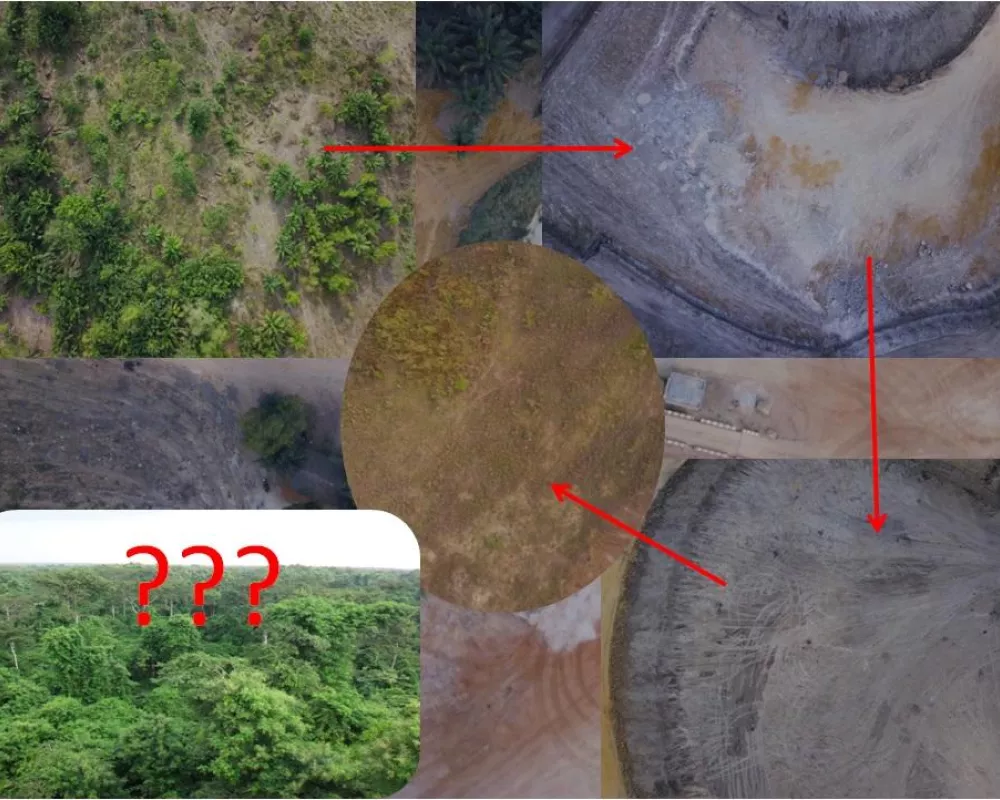Plant species patterns and restoration strategies for limestone quarries in Benin Republic

Quarrying is a form of mining distinguished by the fact that the product is for building or architectural purposes, rather than being destined for further processing (Lahiri-Dutt, 2004). Limestone is part of the rocks the more extracted, as this rock is also used as a source of aggregates and in the manufacturing of lime, whose global output in 2008 reached 290 million tonnes (USGS, 2009).
In Benin, the limestone is mainly used for the cement production. Extraction activities can have both negative and positive effects on the various environmental components of the quarries areas. Indeed, although limestone quarries provide refuges for some endemic species (Clements et al., 2006), extraction activities lead to a complete loss of topsoil, compaction of the remaining soil, nutrient depletion and high pH that makes natural establishment of vegetation very unlikely (Cohen-Fernández, 2012). Therefore, revegetation requires the addition of amendments for soil improvement. Our study aims to assess the floristic characteristics of the Fongba limestone quarry in Benin for implementing strategies to restore the degraded sites. Plant communities and soil physico-chemical parameters in pits will be compared to the surrounding plants communities and soil, considered as the reference (Aïtondji et al., 2015a). An adapted restoration strategy will be developed through an experimental culture of useful species on amended sites.



